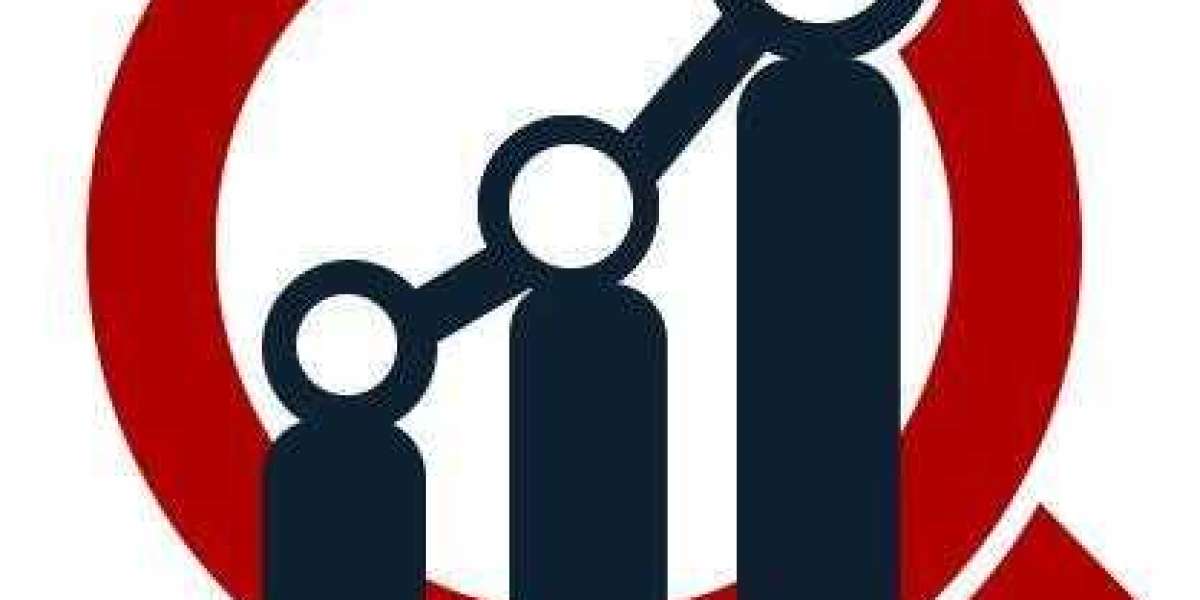If you're looking for a durable and affordable way to bind your book, then choosing the paperback bookbinding method may be the right choice for you. Paperback books are easy to produce and cost-effective, making them an appealing option for authors and publishers who want to get their books out into the world without breaking the bank. Whether you're a first-time self-publisher or a seasoned professional, there are several factors to consider when deciding if paperback book printing is right for you. In this article, the printing and binding professionals at Acutrack will explore the advantages and disadvantages of paperback binding to help you decide if it's the best option for your next book.
Paperback bookbinding offers several advantages, making it a cost-effective and attractive option for authors. First, paperback books are lightweight and easy to carry. This makes them a great choice for readers who want to take their books with them wherever they go. Secondly, the production process of paperback books is relatively quick and inexpensive compared to other types of bookbinding, allowing authors to get their books out faster and at a lower cost. Finally, paperback books offer a wide variety of customization options, including various paper types and cover designs, so authors can create books that are unique and tailored to their preferences.
Although paperback bookbinding has many advantages, it also comes with some drawbacks. First, paperback books tend to be less durable than hardcover books. This means that they may not be the best choice for books that are intended to be a part of a library collection or passed down through generations. Additionally, paperback books can be more susceptible to damage from moisture and heat, so authors must ensure proper storage of their books in temperature-controlled environments. Finally, paperbacks tend to have a shorter lifespan than hardcover books, so authors should plan to replace their books more frequently.
If paperback bookbinding isn't the right choice for your project, there are several other binding methods available. Hardcover books offer a more durable option that is better suited to library collections and long-term storage. Spiral binding is another popular method that provides a unique look and allows pages to lay flat when opened, making it great for recipe books and other publications that require frequent page-turning. If you're looking for an even more unique binding option, wire-o binding can be a great choice. This binding method is particularly popular for calendars, journals, and other publications that benefit from being opened completely flat.
Choosing the right binding method for your book is an important decision and should be based on the specific needs of your project. If you're looking for a cost-effective and lightweight option, then paperback bookbinding may be the perfect choice for you. However, if durability or longevity is a priority, then one of the other methods discussed may be a better fit. Ultimately, the choice is yours, and with so many binding options available, you're sure to find the perfect one for your book. To discover the binding options available with Acutrack, contact our team of printing and binding experts today. By working with Acutrack, you can rest assured that your project will be printed and bound to the highest quality standards so your book looks great and stands the test of time.





